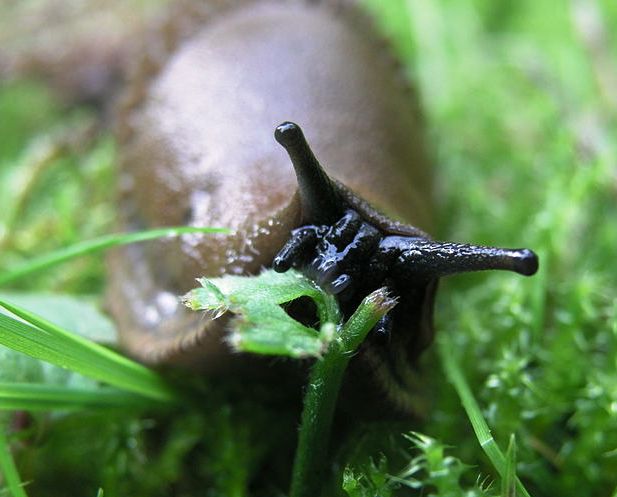- Series:Animals, Transcript English
Psalm 111:10
“The fear of the LORD is the beginning of wisdom: a good understanding have all they that do His commandments: his praise endureth forever.”
It appears that all animals have the ability to learn. This is because they need information about their surroundings that will help them predict other things about their surroundings. For example, honeybees know which types of flowers offer pollen at any given time. They don’t waste their time checking out flowers that have nothing to offer.
 Scientists have been amazed at how a wide range of animals show two different types of learning. Even a garden slug can learn to avoid its favorite food through simple conditioning. However, many animals also learn from changes in their environment. Animals learn to expect different results if their schedule is changed, for example. Birds learn the song their species sings by hearing their elders sing. They also learn regional variants of their species’ songs.
Scientists have been amazed at how a wide range of animals show two different types of learning. Even a garden slug can learn to avoid its favorite food through simple conditioning. However, many animals also learn from changes in their environment. Animals learn to expect different results if their schedule is changed, for example. Birds learn the song their species sings by hearing their elders sing. They also learn regional variants of their species’ songs.
Scientists who believe in evolution are struggling to explain how the ability to learn could have evolved. They are struck by the fact that learning follows the same principles in pigeons, bees and slugs. At the same time, they admit that they don’t know how learning works. We need to ask: How could they know learning evolved if they don’t even know how it works? The fact that they are sure the ability to learn could have evolved, even though they don’t know how, shows that evolution is a faith and not science.
We learn a better faith when we go to the Book that was written by the Author of all learning. The Bible tells us about His will and explains that He offers us the forgiveness of sins in Jesus Christ.
Prayer:
Lord God, You are the Author and Source of all knowledge. Help me to use the knowledge I have to Your glory, and help me to constantly seek to learn more about You in Your holy Word, the Bible. In Jesus’ Name. Amen.
Notes:
Julie Ann Miller. 1983. “Lessons from the Lab.” Science News, Vol. 124, December 17, pp. 394-396. Photo: Courtesy of Håkan Svensson. Licensed under the terms of the GNU Free Documentation License, Version 1.2.
